As a baseball fan, you might have heard the term “FPS” thrown around in conversations or during game broadcasts, but do you know what does FPS mean in baseball? and why it’s important?
FPS stands for “First Pitch Strikes,” and it refers to the percentage of times a pitcher throws a first pitch strike to a batter. This seemingly small aspect of the game can have a significant impact on the outcome of a game, and understanding its importance can make you a better fan.
In this article, we’ll explore the world of FPS in baseball, exploring what does FPS mean in baseball?, why it matters, and how pitchers can improve their ability to throw first pitch strikes. So, let’s get started!
What Does FPS Mean in Baseball?
FPS, or First Pitch Strikes, is a crucial metric in the world of baseball. As the name suggests, it refers to the percentage of times a pitcher throws a first pitch strike to a batter. This seemingly minor detail can have a significant impact on the outcome of a game.
Understanding FPS can not only make you a better fan but can also help you appreciate the artistry of pitching in baseball.

So, why is it so important to throw a first pitch strike? Well, for starters, it immediately puts the pitcher in control of the at-bat. By getting ahead in the count, the pitcher can then work on setting up the batter for an out, instead of struggling to regain control of the count after falling behind.
It also helps to keep the defense alert and engaged, as a pitcher who throws a lot of first pitch strikes tends to work quickly, keeping the game moving and potentially rattling the opposing team.
While different pitchers and situations can call for different approaches, pitchers who can consistently throw first pitch strikes at a rate of 60% or higher are generally considered to be very effective. This is because they put themselves in a favorable position from the outset of the at-bat, making it easier for them to control the pace and outcome of the game.
The Importance of “FPS” in Baseball
In baseball, the first pitch strike (FPS) can greatly impact the outcome of a game. The FPS is the first pitch thrown by the pitcher that crosses the plate within the strike zone and is not swung at by the batter. It’s essential for pitchers to aim for FPS as it gives them a significant advantage over the batter.
The importance of FPS lies in the fact that it sets the tone for the rest of the at-bat. If a pitcher can start with an FPS, they’re more likely to have control over the at-bat and dictate the pace of the game. On the other hand, if the pitcher misses the strike zone with the first pitch, it puts them in a difficult situation where they need to throw a strike to avoid falling behind in the count.
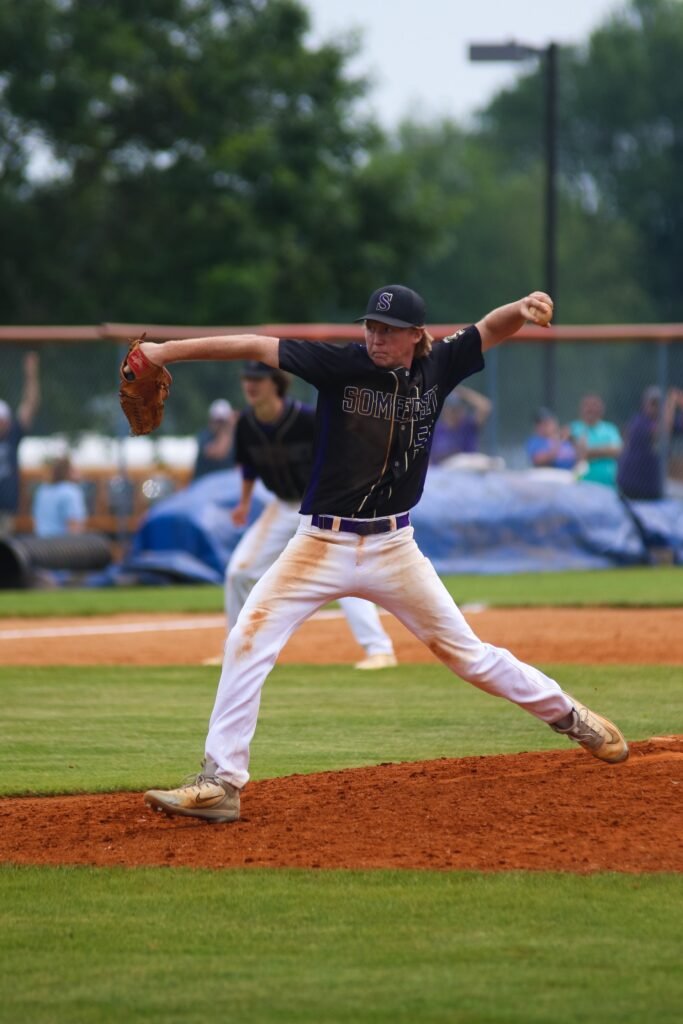
Falling behind in the count can be detrimental to a pitcher’s performance, as it gives the batter more leverage and control. The batter can now anticipate pitches, look for specific pitches in specific locations, and potentially take a more aggressive approach. This puts the pitcher on the defensive and makes it harder for them to get the batter out.
In contrast, starting with an FPS puts the batter on the defensive, giving the pitcher an advantage. The batter now has to consider the possibility of another strike, which means they may be more cautious in their approach. This opens up more opportunities for the pitcher to throw a variety of pitches and locations, potentially leading to a strikeout or groundout.
What Constitutes A Good FPS In Baseball?
What is a good fps in baseball is an interesting question. First pitch strikes (FPS) are very important sometimes for pitchers in baseball, and a good FPS percentage can directly impact their success on the mound. It is a measure of how often a pitcher throws a first-pitch strike and is calculated by dividing the number of first-pitch strikes by the total number of first pitches thrown and then multiplying it by 100.
FPS percentage has a strong correlation with another essential metric for pitchers, the earned run average (ERA). A pitcher with a higher FPS percentage usually has a lower ERA as the first-pitch strike commonly leads to fewer runs allowed.

The league-wide average FPS percentage was approximately 60%. This means that out of every ten batters faced, six of them started with a first pitch strike. while the more aggressive and successful pitchers are at around 70%. Therefore, anything above this number is considered a good FPS percentage, and achieving this percentage can help a pitcher throw fewer pitches per inning, leading to better performance and less strain on their arm.
Strategies for Throwing “FPS”
First pitch strikes are very crucial for any pitcher looking to succeed in baseball. It takes more than just throwing a good pitch to consistently get ahead of batters. However, it can be challenging to consistently throw first-pitch strikes, especially against skilled and experienced batters.
That’s why pitchers need to develop strategies to improve their FPS percentage and give themselves the best chance of success. Here are some strategies that pitchers can use to improve their FPS percentage and dominate on the mound.
Mix up your pitches
One of the keys to getting ahead of batters is keeping them off balance. By mixing up your pitches and throwing a variety of speeds and locations, you can keep the batter guessing and increase the likelihood of throwing a first-pitch strike.
Work on your control
A pitcher with good control is much more likely to throw a first-pitch strike. By practicing your mechanics and refining your release point, you can improve your accuracy and consistency on the mound.
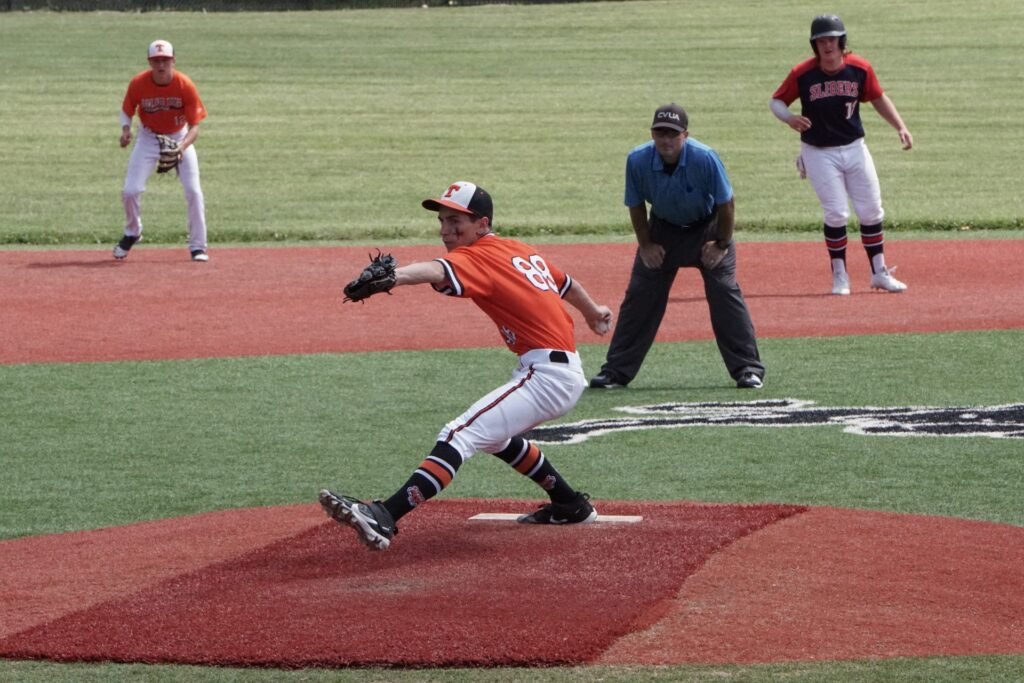
Get ahead in the count
The best way to consistently throw first-pitch strikes is to get ahead in the count. This means throwing quality pitches early in the at-bat to force the batter into a defensive position. The more often you can get ahead in the count, the higher your FPS percentage will be.
Study the hitter
Every batter is different, and understanding their tendencies can help you get ahead of them early in the at-bat. By studying their swing, approach, and past performance, you can adjust your pitching strategy and increase your chances of throwing a first-pitch strike.
Stay aggressive
Finally, pitchers need to stay aggressive on the mound to consistently throw first-pitch strikes. This means attacking the strike zone, throwing with confidence, and not being afraid to challenge the batter. With a confident and aggressive mindset, you can dominate on the mound and consistently throw first-pitch strikes.
ERA vs FPS (The Difference)
ERA (Earned Run Average) and FPS (First Pitch Strike) are two critical statistics in baseball that can impact a pitcher’s overall performance. While they are different metrics, there is a correlation between the two that can affect a pitcher’s success.
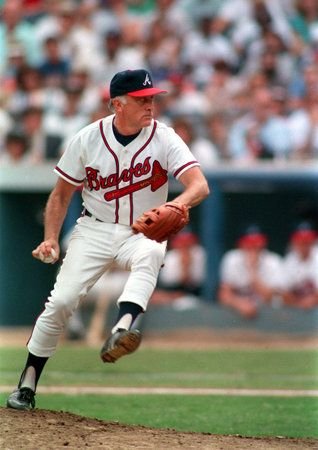
ERA is a measure of how many earned runs a pitcher gives up per nine innings pitched. This metric is essential in determining a pitcher’s effectiveness in preventing runs scored by the opposing team. On the other hand, FPS is a metric that tracks how often a pitcher throws a first-pitch strike. A higher FPS percentage means that the pitcher has more control over the count and can dictate the flow of the game.
It’s important to note that while there is a correlation between ERA and FPS, they are not the only factors that impact a pitcher’s performance. Other metrics such as WHIP, strikeout rate, and walk rate also play a significant role in a pitcher’s success.
Best score Holders of FPS (All Time High)
While many pitchers have had success with throwing first-pitch strikes (FPS), some have been especially skilled at it. Several legendary pitchers throughout the history of the sport have consistently thrown strikes on the first pitch, leading to a high FPS percentage. Here are some of the best score holders of FPS in baseball, with the highest FPS percentage of all time:
Pedro Martinez

Martinez had a career FPS percentage of 70.2%, the highest in baseball history. He was a three-time Cy Young Award winner and an eight-time All-Star during his career.
Curt Schilling
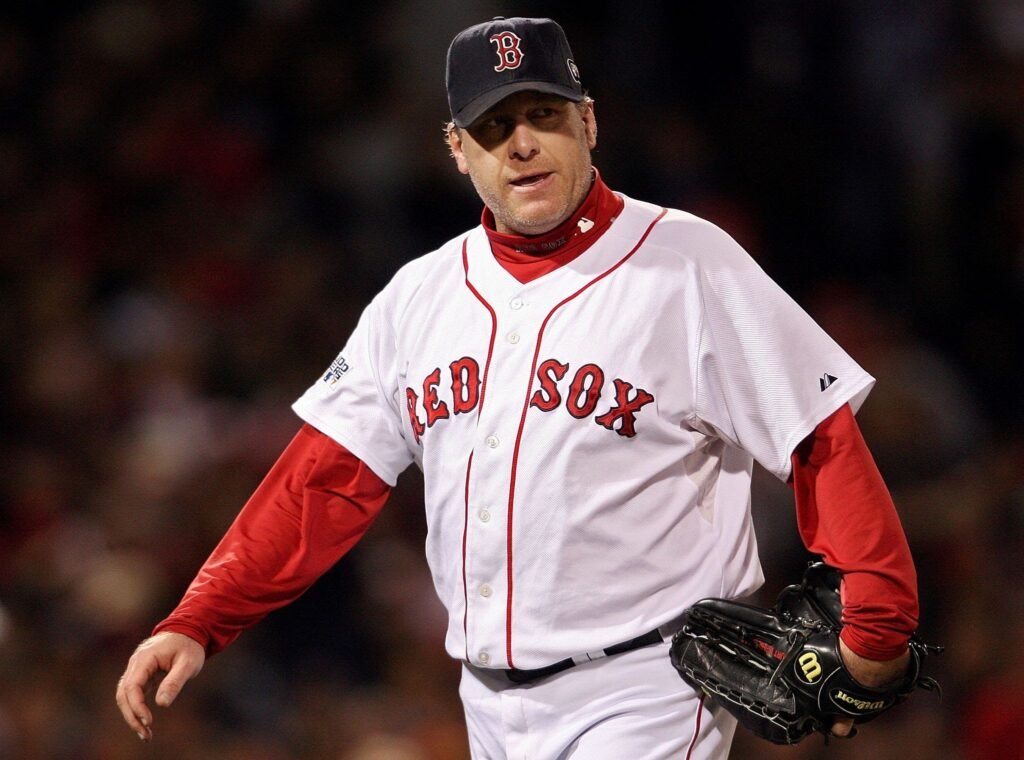
Schilling had a career FPS percentage of 69.2%, which is also among the highest in baseball history. He won three World Series championships and was a six-time All-Star during his career.
Greg Maddux
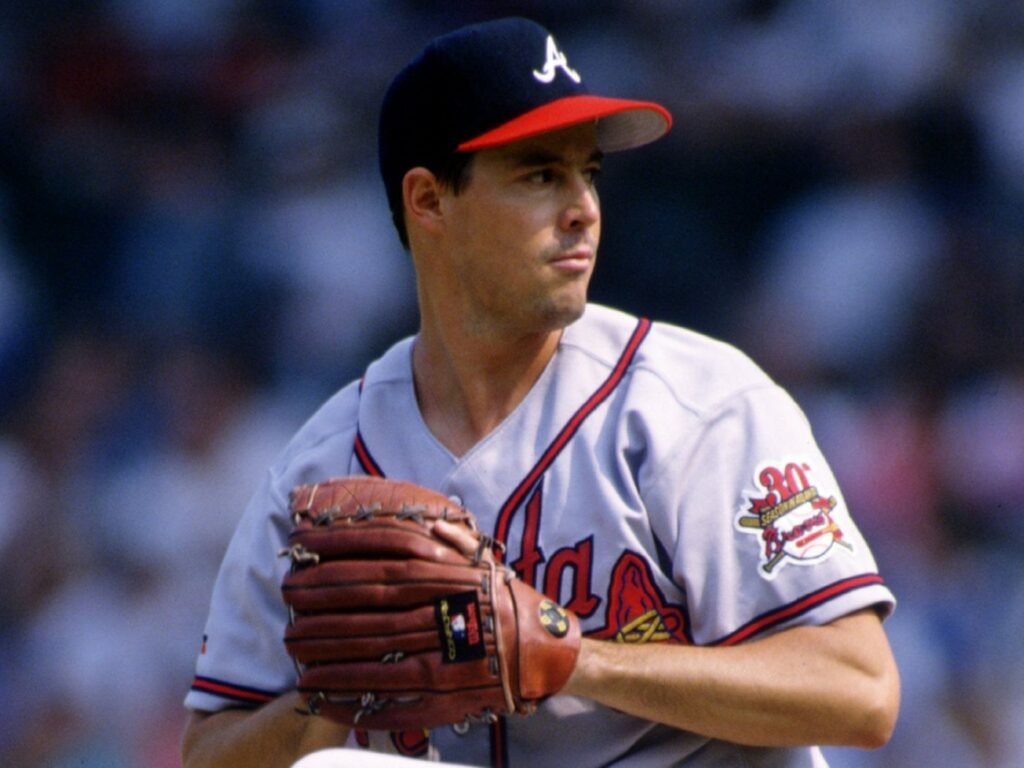
Maddux had a career FPS percentage of 69.1%, the second-highest in baseball history. He was a four-time Cy Young Award winner and an eight-time All-Star during his career.
Cliff Lee

Lee had a career FPS percentage of 66.4%, one of the highest in baseball history. He won the American League Cy Young Award in 2008 and was a four-time All-Star.
Tom Glavine
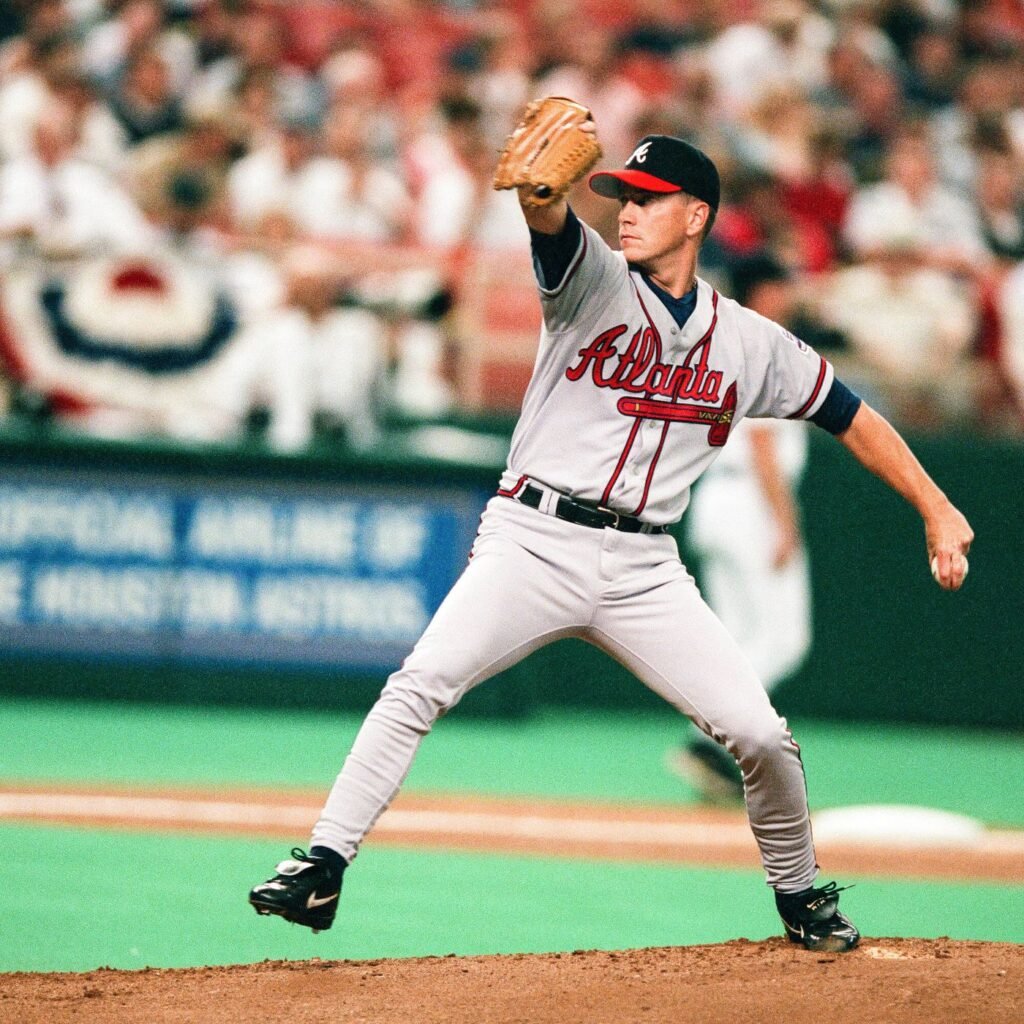
Glavine had a career FPS percentage of 65.6%, which is considered very high for a starting pitcher. He won two Cy Young Awards and was a 10-time All-Star during his career.
Final Thoughts
In conclusion, the first pitch strike (FPS) is a crucial component of a pitcher’s success in baseball. It not only allows them to take control of the game but also leads to better outcomes, such as fewer walks, hits, and runs allowed. Pitchers who consistently throw strikes on the first pitch have a higher chance of success, which is evident from the high FPS percentages of some of the best pitchers in baseball history.
Understanding the importance of FPS and its correlation to other pitching statistics like ERA can help pitchers and teams develop effective strategies and game plans. By throwing more first-pitch strikes, pitchers can increase their chances of success and lead their teams to victory.
In the end, FPS is just one aspect of the complex and intricate game of baseball, but it plays a significant role in a pitcher’s success. Whether you are a professional player, coach, or just a casual fan of the sport, understanding and appreciating the importance of FPS can enhance your appreciation and knowledge of the game.
Frequently Asked Questions
Some top queries baseball players asked related FPS.



Pingback: What Is a Walk off In Baseball? A Comprehensive Guide
Pingback: What Is a Cycle in Baseball? Complete Explanation 2023